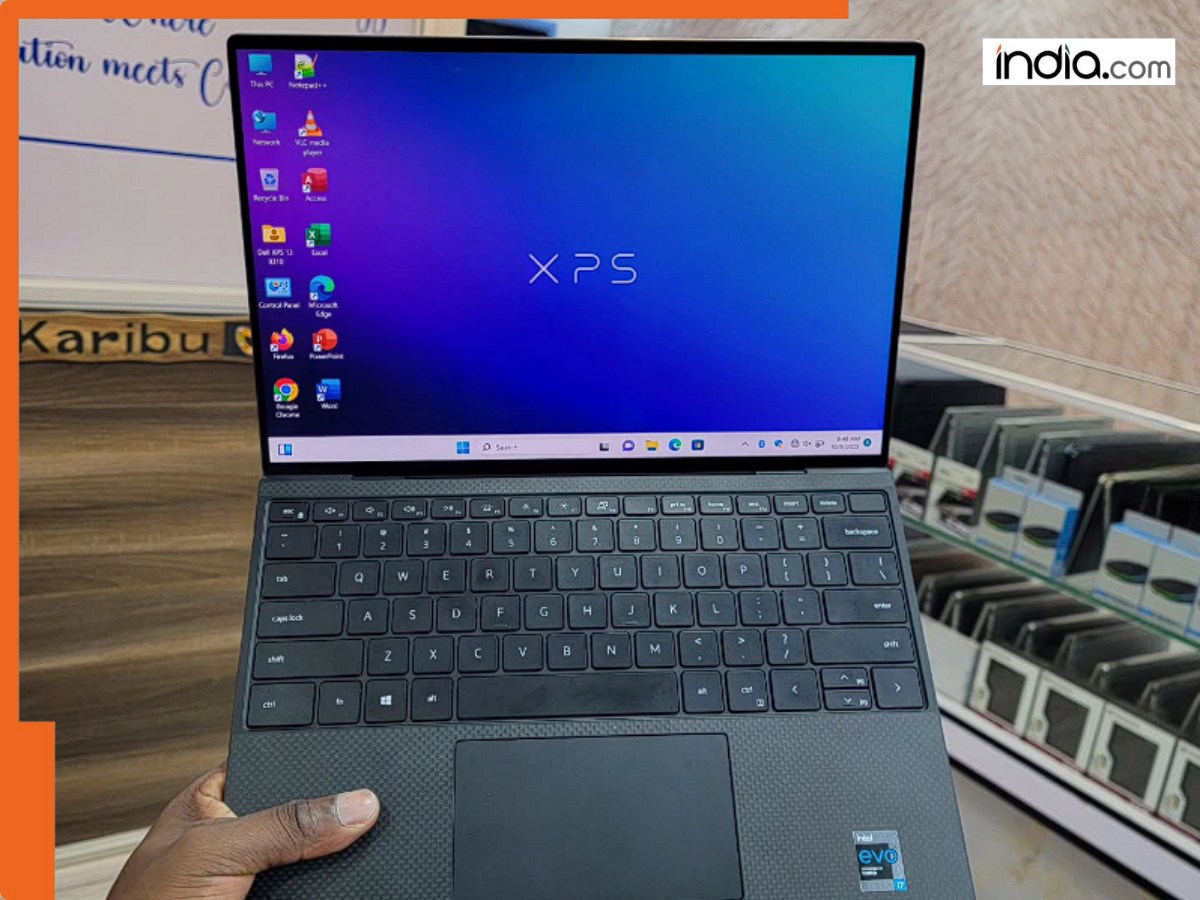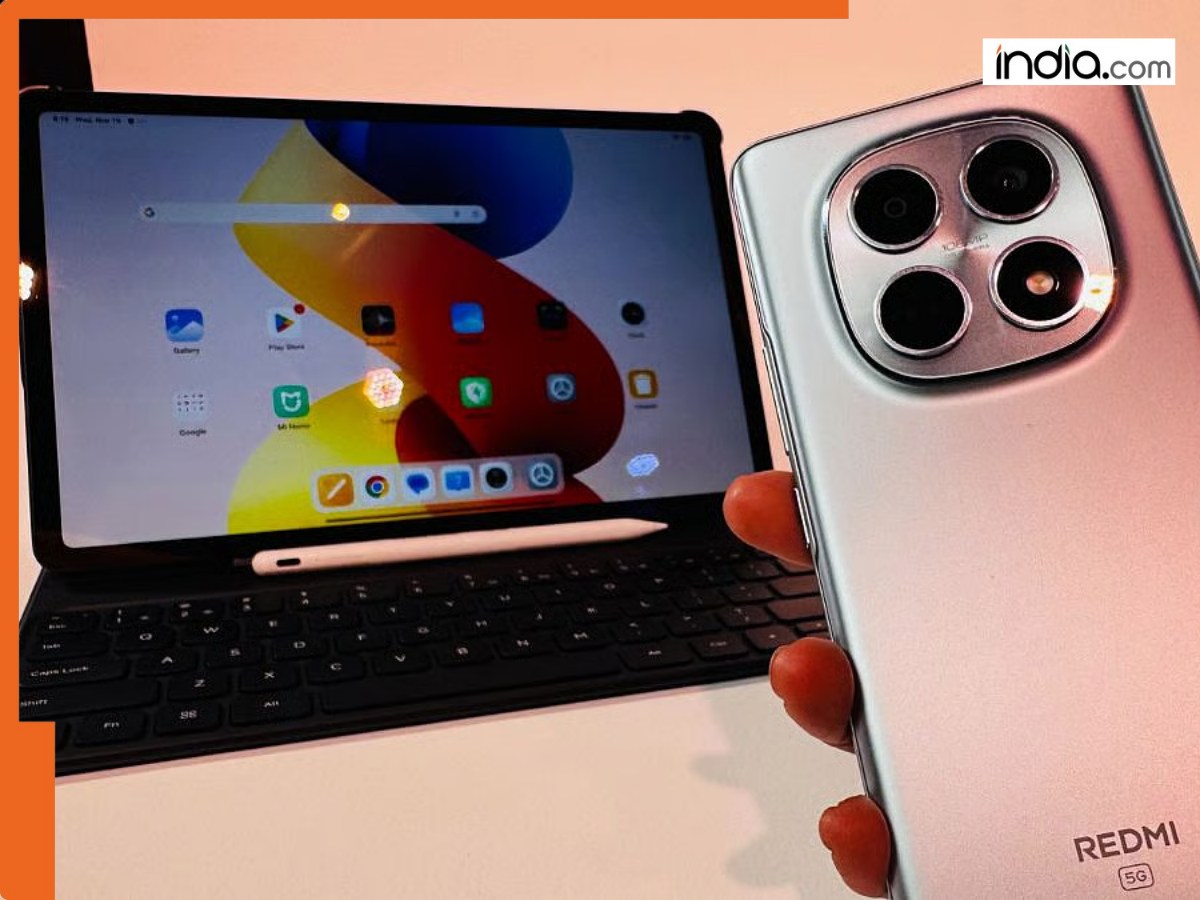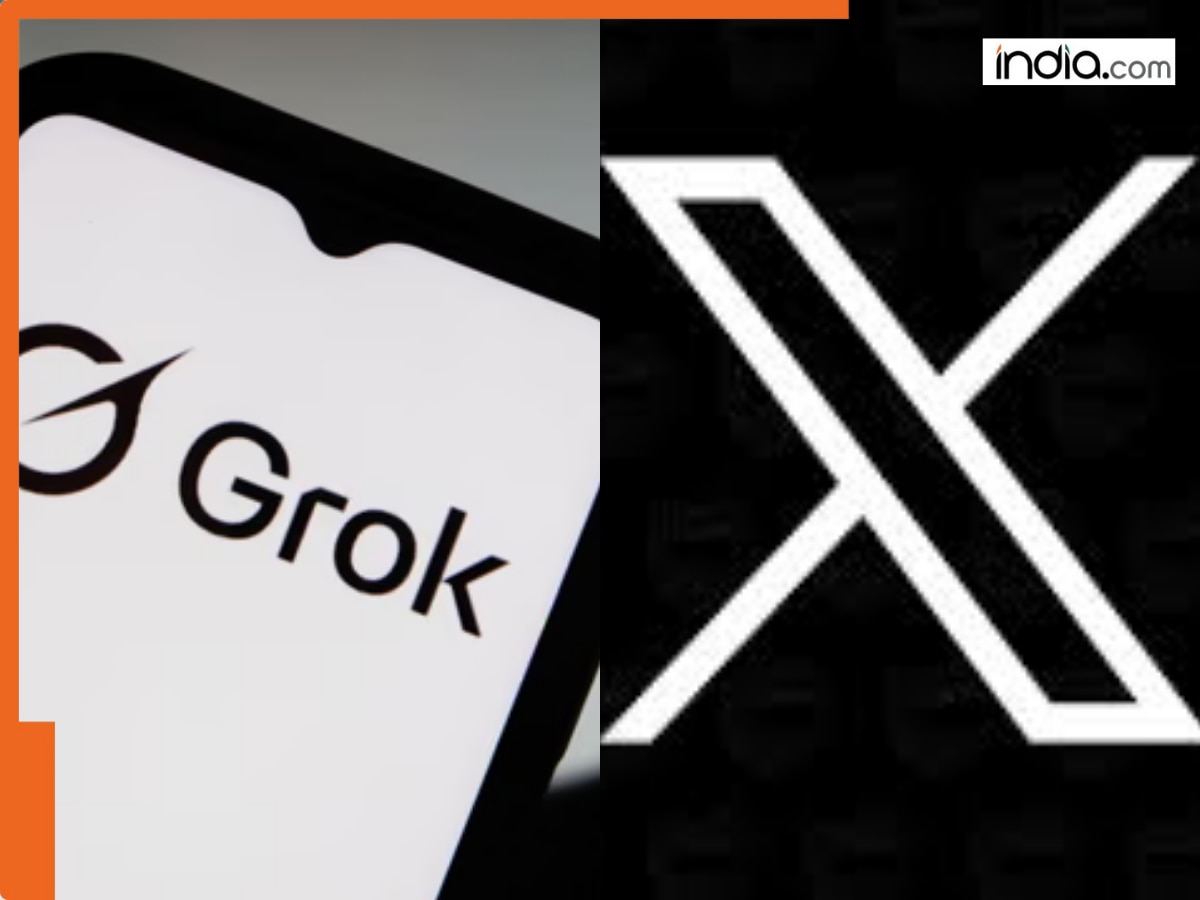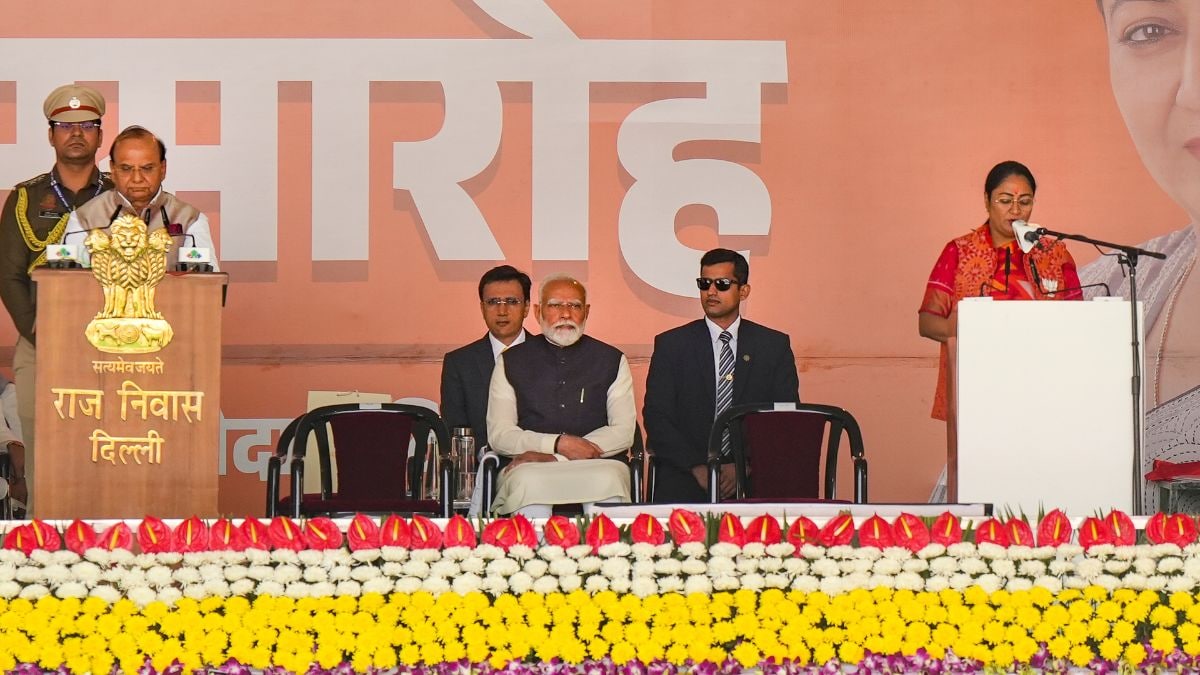From 10 feet away, AI can now listen to your phone calls using…, researchers say their goal is to make people…; Is our privacy in danger?
AI-powered radar can intercept phone calls from 10 feet away by decoding tiny earpiece vibrations, raising new privacy concerns. Read to know more.

There are many software tools around in the world that can detect what people are talking about on the phone. Cases of phone tapping are common, and the Pegasus spyware controversy made headlines a few years ago. But now, technology has advanced so much that you don’t even need spyware to listen to someone’s phone conversation. With the help of AI, conversations can be picked up from as far as 10 feet away—just by detecting the vibrations from the phone. This has raised serious concerns about privacy.
Millimeter-wave radar and AI make it possible
According to a report by Interesting Engineering, researchers at Penn State University’s computer science department have found a surprising new way to eavesdrop on phone calls. They used millimeter-wave radar along with artificial intelligence to detect tiny vibrations coming from a phone’s earpiece and convert them into speech. This technology can track conversations from 10 feet away with about 60 per cent accuracy.
Millimeter-wave radar turning vibrations into words
The researchers used millimeter-wave radar, the same type of technology used in self-driving cars, motion sensors, and 5G networks. When we talk on the phone, the sound from the earpiece causes tiny vibrations in the phone’s body. This radar can detect those vibrations.
With the help of AI, the vibrations are then analyzed and converted into text. Researcher Suryoday Basak explained that by capturing these vibrations with radar and using machine learning, it’s possible to figure out the conversation. While the technology isn’t 100 per cent accurate yet, it is accurate enough to leak sensitive information.
60 per cent of the conversation was correct
In their trials, researchers placed the radar about 3 meters (roughly 10 feet) away from the phone. From this distance, the radar detected tiny vibrations from the phone, and AI converted the data into about 10,000 words of text. Around 60 per cent of the conversation matched accurately. While it’s not fully precise yet, if this technology improves in the future, it could become a serious threat to privacy.
Big privacy concerns
This development has sparked serious privacy questions. Researcher Suryoday Basak explained that it works a bit like lip reading, just as lip readers can guess what’s being said, this system can do the same with vibrations. The real danger comes if someone with bad intentions uses it. The researchers say their goal is to make people aware of the risk so they can be more careful during sensitive conversations.
What's Your Reaction?





















































